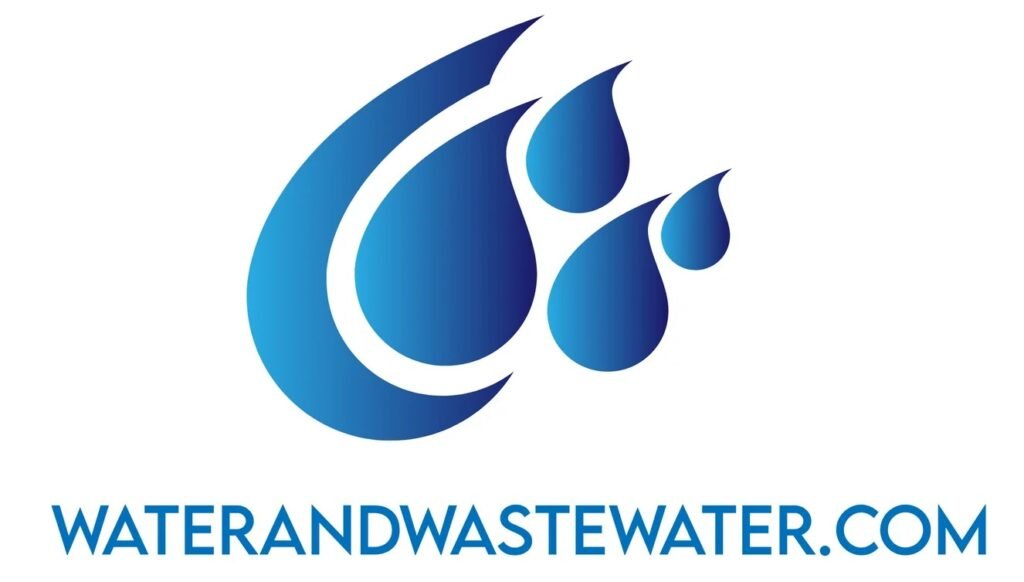
Tag: water treatment
Aquifers are hidden underground reservoirs that store massive amounts of water. These natural systems form in layers of rock or sediment that can hold and transmit water. Aquifers provide about 30% of the world’s freshwater supply, making them crucial for human use and environmental health. Many people rely on aquifers for drinking water, irrigation, and […]
Groundwater is a vital resource that quenches the thirst of millions worldwide. It lies hidden beneath our feet, stored in spaces between rocks and soil particles. This underground water source plays a crucial role in our daily lives, from supplying drinking water to supporting agriculture. Groundwater in aquifers is replenished through a process called recharge, […]
Gravity-based filtration is a simple yet effective method for cleaning water. It uses the force of gravity to push water through a filter, removing contaminants along the way. This process can make water safe to drink without using electricity or complex machines. A square meter of gravity-based filtration material can produce over a gallon of […]
Ceramic filtration offers a reliable method for purifying water. This technique uses porous ceramic materials to remove contaminants from liquids. Ceramic filters can effectively eliminate bacteria, protozoa, and other harmful microorganisms from water, making it safe to drink. These filters work by trapping particles as water passes through tiny pores in the ceramic material. The pore […]
Sand filtration is a simple yet effective method for cleaning water. It uses layers of sand and gravel to remove dirt and small particles from water. This process has been used for hundreds of years and is still common today. Sand filters work by passing water through beds of sand. As the water moves down, […]
Ultraviolet (UV) disinfection is a powerful method for eliminating harmful microorganisms from surfaces, air, and water. This technology uses specific wavelengths of light to destroy the DNA of bacteria, viruses, and other pathogens. UV disinfection is highly effective at inactivating a wide range of microorganisms, including those responsible for many common illnesses. UV disinfection has gained […]
Activated carbon filtration is a popular method for cleaning water in homes and businesses. This process uses special carbon materials to remove harmful substances from water. Activated carbon filters can effectively reduce certain organic compounds, chlorine, lead, and radon in drinking water. These filters work by attracting and trapping contaminants as water passes through. The […]
Watson-Marlow peristaltic pumps have emerged as a cornerstone technology in modern wastewater treatment facilities, offering unique advantages in handling challenging fluid transfer applications. These pumps excel in managing corrosive chemicals, abrasive slurries, and sensitive biological materials common in wastewater processing. Operating Principle The pump operates through a simple yet effective mechanism: rollers compress a flexible […]
Radiological contaminants are substances that emit ionizing radiation, posing potential risks to human health and the environment. These contaminants can come from various sources, including nuclear power plants, medical facilities, and naturally occurring radioactive materials. Exposure to radiological contaminants can lead to serious health effects, ranging from acute radiation sickness to long-term cancer risks. Scientists and […]
Biological contaminants can significantly affect health and wellbeing in various environments, from homes to workplaces. They include bacteria, viruses, mold, and allergens that can trigger serious health issues. Understanding these contaminants and how they operate is crucial for maintaining a safe living environment and protecting public health. Many people may not realize the extent of biological […]